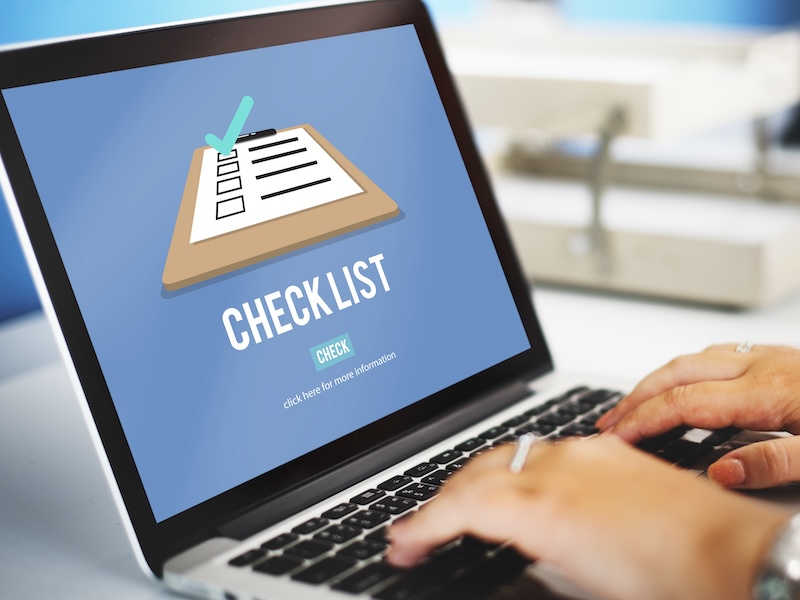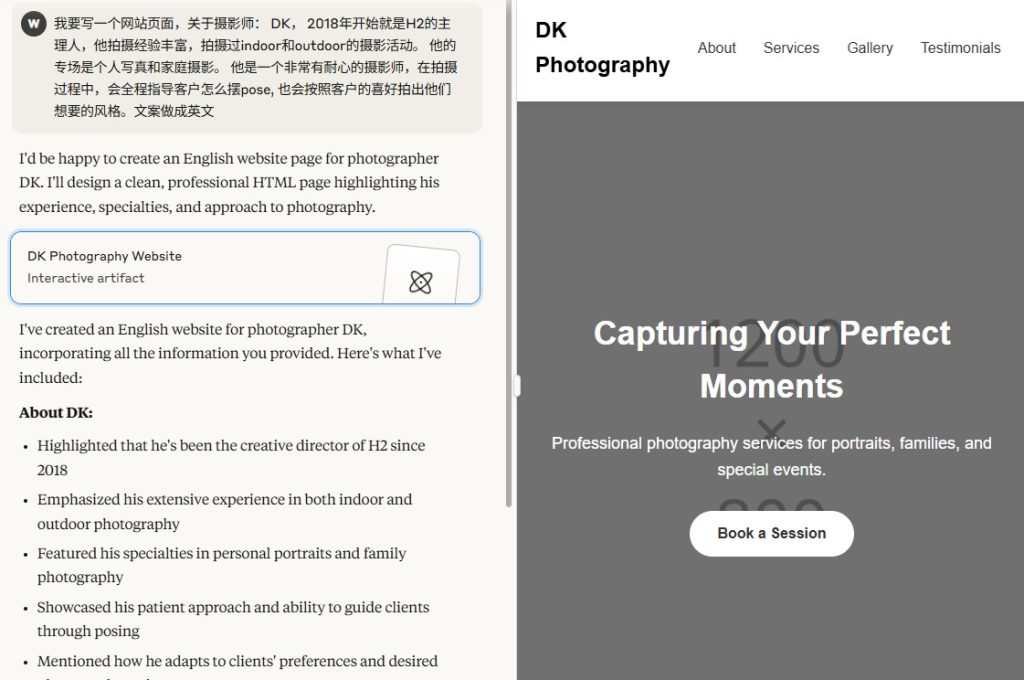In the ever-evolving realm of digital marketing, search engine optimization (SEO) remains a crucial element for online success. As we step into 2024, the SEO landscape in Singapore continues to evolve, with new technologies, algorithms, and user behaviors shaping the way we approach optimization. To ensure your website stays ahead in search engine rankings, let’s delve into the SEO checklist for 2024.
SEO Checklist
Mobile-First Indexing:
Prioritize mobile responsiveness for your website:
- Design your website with a mobile-first mindset, ensuring that it looks and functions well on smaller screens.
- Utilize responsive design techniques to adapt the layout based on the user’s device, providing a consistent experience across all screen sizes.
Optimize images and content for smaller screens:
- For mobile SEO, compress images to reduce load times on mobile devices.
- Ensure that text is easily readable without zooming, and buttons are appropriately sized for touch interaction.
Ensure seamless user experience on mobile devices:
- Test your website on various mobile devices to identify and fix any usability issues.
- Optimize navigation menus for touch, and minimize the need for excessive scrolling.
Voice Search Optimization:
Create content that caters to natural language queries:
- Understand how users phrase voice searches and create content that aligns with those conversational patterns.
- Focus on answering questions concisely, as voice searches often seek direct answers.
Use conversational keywords and long-tail phrases:
- Incorporate natural language and long-tail keywords within your content.
- Mimic the way people speak when optimizing for voice search, as it tends to be more conversational than typed queries.
Optimize for local voice searches with location-based keywords:
- Include location-specific keywords to capture local voice search queries.
- Optimize your Google My Business listing for accurate location information.
User Experience (UX):
Improve site speed for faster loading times:
- Optimize images, minimize HTTP requests, and leverage browser caching to improve page load times.
- Use tools like Google PageSpeed Insights to identify and address speed-related issues.
Optimize navigation and create an intuitive website structure:
- Streamline your website’s navigation to enhance user experience.
- Create a clear and intuitive menu structure to help users find information easily.
Implement responsive design across all devices:
- Ensure that your website is accessible and user-friendly on various devices, including desktops, tablets, and smartphones.
- Test and optimize for different screen sizes and resolutions.
High-Quality Content:
Focus on creating comprehensive, informative, and engaging content:
- Develop content that thoroughly addresses user queries and provides valuable information.
- Aim for depth and relevance in your articles and blogs to establish authority on a given topic.
Use multimedia elements like videos, images, and infographics:
- Enhance content with visually appealing elements to increase engagement.
- Use multimedia strategically to convey information effectively.
Update and repurpose existing content to keep it relevant:
- Regularly review and update outdated content to ensure accuracy.
- Repurpose content into different formats, such as infographics or podcasts, to reach diverse audiences.
Artificial Intelligence (AI) Integration:
Leverage AI tools for keyword research and content optimization:
- Use AI-powered tools to identify relevant keywords and phrases.
- Analyze user behavior data to refine and optimize your content strategy.
Implement chatbots for enhanced user interaction:
- Integrate chatbots to provide instant support and information.
- Use AI-driven chatbots to understand and respond to user queries effectively.
Utilize machine learning for personalized user experiences:
- Implement machine learning algorithms to analyze user behavior and deliver personalized content recommendations.
- Tailor user experiences based on preferences and interactions.
Featured Snippets and SERP Features:
Optimize content for featured snippets:
- Identify opportunities for featured snippets and structure content accordingly.
- Provide concise and clear answers to commonly asked questions within your content.
Utilize schema markup to enhance rich snippets:
- Implement structured data markup to provide search engines with additional context about your content.
- Enhance the appearance of your snippets in search results with schema markup.
Monitor and adapt to changes in SERP features:
- Stay updated on changes in search engine results pages (SERPs) and adjust your strategy accordingly.
- Experiment with different formats to maximize visibility in diverse SERP features.
Video SEO:
Create video content and optimize titles, descriptions, and tags:
- Develop high-quality video content that aligns with your audience’s interests.
- As part of video SEO, optimize video titles, descriptions, and tags with relevant keywords for improved discoverability.
Host videos on platforms like YouTube and embed them on your site:
- Leverage platforms like YouTube for video hosting to tap into their expansive user base.
- Embed videos on your website to enhance user engagement and on-site dwell time.
Provide transcripts and captions for accessibility and SEO benefits:
- Include accurate transcripts for videos to improve accessibility for all users.
- Utilize captions to capture the attention of users who may be watching without sound.
Secure and Accessible Websites:
Ensure your website has an SSL certificate for secure browsing:
- Encrypt data transmissions between users and your website by implementing SSL.
- Build trust with users by displaying the secure padlock symbol in the browser.
Prioritize accessibility by using alt text, descriptive headings, and keyboard navigation:
- Include descriptive alt text for images to assist users with visual impairments.
- Use semantic HTML and proper heading structures for screen reader compatibility.
- Ensure that your website is navigable using keyboard commands.
Comply with web accessibility standards (WCAG) for a broader audience reach:
- Adhere to the Web Content Accessibility Guidelines (WCAG) to ensure your website is accessible to users with disabilities.
- Regularly test and audit your website for compliance with accessibility standards.
Local SEO:
Optimize Google My Business profile with accurate information:
- For local SEO, keep your Google My Business listing up-to-date with accurate business information.
- Encourage customers to leave reviews and respond promptly to feedback.
Encourage customer reviews and respond promptly:
- Actively seek reviews from satisfied customers to build trust and credibility.
- Respond to both positive and negative reviews professionally and promptly.
Use local keywords and create location-specific content:
- Incorporate local keywords naturally into your content to target local search queries.
- Create location-specific landing pages or content to address the needs of local audiences.
Social Media Integration:
Share content on social media platforms to increase visibility:
- Promote your content across various social media channels to broaden its reach.
- Tailor your messaging to fit the tone and audience of each platform.
Encourage social sharing and engagement:
- Include social sharing buttons on your website to facilitate content sharing.
- Foster engagement by responding to comments, messages, and mentions on social media.
Monitor social media signals for their impact on SEO:
- Track social media metrics to understand how social signals contribute to your overall SEO strategy.
- Adjust your social media approach based on the platforms that generate the most significant impact on your website’s visibility.
E-A-T (Expertise, Authoritativeness, Trustworthiness):
Establish your brand as an industry authority:
- Showcase your expertise through in-depth, well-researched content.
- Participate in industry events, forums, and discussions to position your brand as a thought leader.
Showcase expertise through author bios and credentials:
- Highlight the expertise of your content creators through author bios.
- Provide credentials, certifications, and relevant qualifications to build trust.
Gain trust by providing accurate and reliable information:
- Prioritize accuracy in your content to build trust with your audience.
- Cite reputable sources and verify information to establish your content as reliable.
Monitoring and Analytics:
Use tools like Google Analytics and Search Console for insights:
- Leverage analytics tools to gain insights into user behavior, traffic sources, and content performance.
- Set up Google Search Console to monitor your website’s presence in search results.
Monitor keyword performance, user behavior, and site traffic:
- Regularly analyze keyword performance to identify opportunities and challenges.
- Track user behavior, such as bounce rate and time on the page, to assess the effectiveness of your content.
Stay informed about algorithm updates and adjust strategies accordingly:
- Stay updated on search engine algorithm changes to anticipate and adapt to shifts in ranking factors.
- Adjust your SEO strategy based on the latest industry trends and best practices.
Conclusion
As the digital landscape continues its dynamic evolution, staying ahead in the SEO game demands more than just adherence to a checklist—it requires a strategic and proactive approach. By incorporating the above SEO checklist into your digital marketing strategy for 2024, you set the foundation for enhancing your website’s visibility, ensuring a seamless user experience, and achieving overall online success.
In this fast-paced environment, engaging the services of an experienced digital marketing agency can be a game-changer. A reputable agency brings a wealth of knowledge, skills, and insights to the table, offering a competitive edge that goes beyond individual efforts.
Embrace change, adapt to emerging trends, and refine your strategies with the guidance of professionals who understand the intricacies of the ever-evolving digital ecosystem. With the right agency by your side, you can not only meet but exceed your digital marketing goals, propelling your brand to new heights in the competitive online space.








